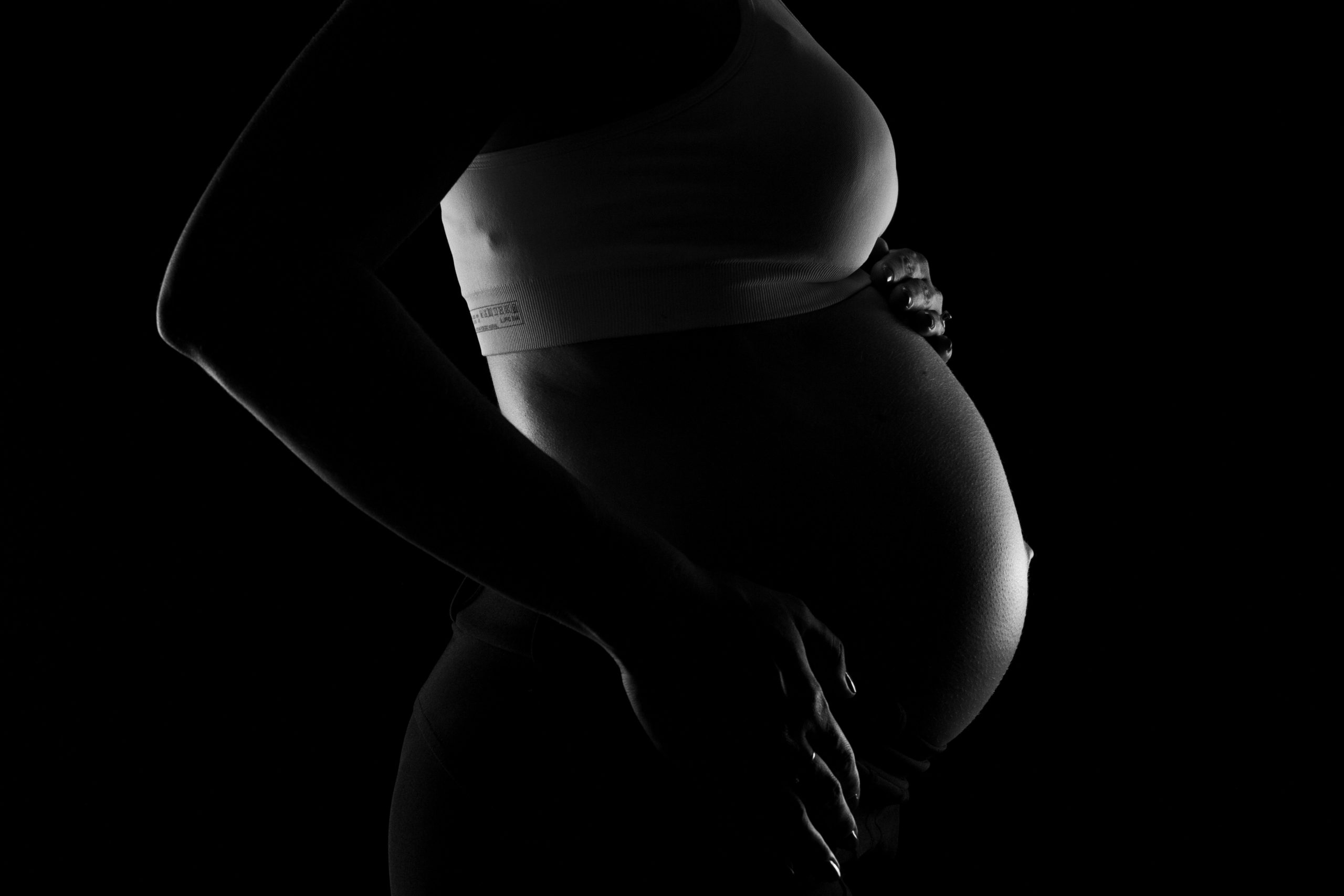
The female body undergoes radical changes during pregnancy. A pregnant woman’s body undergoes a number of changes during the course of the nine months of pregnancy, many of which are imperceptible to an outsider.
A woman’s body undergoes a dramatic transformation during pregnancy, one that can be broken down into two categories: the visible and the invisible. And that all they really are are biological mechanisms set in place to ensure the health of the developing baby.
In addition, the female body gets ready for labor and lactation. This includes women’s perspectives and actions. In preparation for her son’s arrival, she has set everything in motion so that she can provide for and safeguard him.
What, if any, unseen alterations take place in a pregnant woman’s body? This refers to changes that cannot be pinpointed but are crucial to a healthy pregnancy and delivery.
1. The Role of Hormones
The placenta releases hormones into the mother’s bloodstream, initiating the onset of hormonal changes in the unborn child at an early stage.
Some of the hormones that are particularly crucial during pregnancy are as follows:
- Human chorionic gonadotropin hormone (hCG). Only during pregnancy is it made, and then only in the placenta. At very high levels, hCG can be detected in the mother’s blood and urine as early as the first trimester. Furthermore, this hormone may account for nausea that some pregnant women feel in the first three months.
- Human placental lactogen (hPL). The placenta produces a hormone that encourages lactation by nourishing the unborn child and stimulating the mammary glands in the breasts.
- Estrogens. These hormones are normally produced in a woman’s ovaries and play an important role in the maturation of her sexual characteristics. The placenta also makes these hormones to help the pregnancy go smoothly.
- Progesterone. The ovaries and the placenta both contribute to its production during pregnancy. Improves the chances of a fertilized egg successfully implanting in the uterus by encouraging the uterine lining to thicken.

2. Increased Body Temperature
During pregnancy, a woman’s metabolism speeds up, which causes an increase in the amount of activity in her sweat glands, which in turn causes an increase in her body temperature.
3. A Few Liters of Extra Blood
The cardiovascular system undergoes alterations beginning at around the fourth week of pregnancy. As her uterus enlarges, the woman’s blood volume rises, with about a quarter of the increase being drained into the placenta. For the fetus’s healthy growth and development, the placenta serves as an essential conduit for the transfer of oxygen and nutrients from the mother.
This causes the heart to work harder and faster, which is why many pregnant women report feeling a faster heart rate. At the end of pregnancy, the uterine blood supply increases by a factor of about ten, necessitating remodeling of the uterine blood vessels to accommodate the increased blood flow.
Preeclampsia and the development of the fetus’s failure to gain weight are two pregnancy complications associated with a lack of remodeling.
4. Transformations in The Kidneys and Urinary System
More blood means more work for the kidneys to filter it out. Conversely, since the uterus swells during pregnancy, the ureters take a more circuitous route to the bladder, making urinary tract infections more common.
5. The Gastrointestinal Tract is Affected
Intestinal motility is greatly affected by a pregnancy, but secretion and absorption are barely impacted. During pregnancy, the digestive tract’s motility undergoes widespread changes due to the increased progesterone levels.
When a woman’s uterus grows too large, it pushes the intestines to the side, which can change the way conditions like appendicitis manifest. Understanding the changes in the pregnant woman’s digestive system is crucial for the correct interpretation of laboratory and imaging studies.
6. Glucose Level in Pregnancy
The first eight weeks of pregnancy are critical for the development of vital organs like the brain, heart, kidneys, and lungs. Elevated blood sugar levels during this time period have been linked to an increase in the prevalence of certain birth defects, including those affecting the heart, brain, and spinal cord.
However, high blood sugar levels during pregnancy are associated with an increased risk of preterm birth, low birth weight, respiratory distress, and hypoglycemia in the newborn period.
7. Breathing (and Panting) Deeper Than Normal
At the end of her pregnancy, it’s a good idea for a woman to exhale more fully with each breath. The hormone progesterone plays a role.
As a result, the mother and her unborn child are better able to escape the additional heat and any lingering gases.
8. Intelligent Adaptations for The Fetus to Develop
Triglycerides can increase by 200-300% and cholesterol by around 50%. This is because cholesterol is essential for both placental development and pregnancy outcomes.
The unborn child has received a lot of sugar that the woman herself uses when she is not pregnant, so the increase in lipids is a normal adaptation for the placenta and the fetus to develop normally.

9. The Placenta Leads
While carrying a child, the body retains more water than usual. Edema is the accumulation of fluid, which commonly occurs in the legs, especially at night and in increasing amounts during pregnancy.
While swelling is common during pregnancy, it is also possible to spot pregnancy poisoning by the speed with which severe swelling develops.
10. Changes in The Brain
In 2016, scientists examined the developing fetus’s brain using MRI technology. Researchers found that grey matter in the brain decreases during pregnancy by comparing MRI scans taken before and after the women became pregnant.
The synapses and cell bodies of neurons are found in grey matter. Moreover, the volume loss continued for a minimum of two years after giving birth. It’s possible that this transformation will aid women in their adjustment to motherhood.






